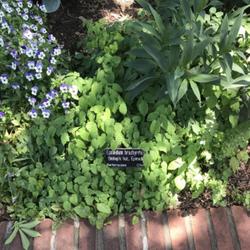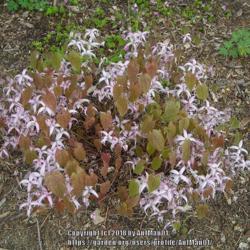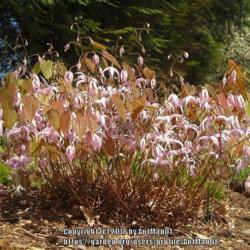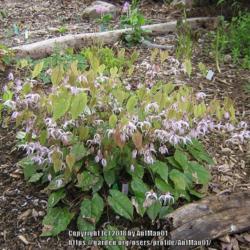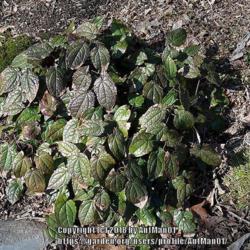| Plant Habit: | Herb/Forb |
| Life cycle: | Perennial |
| Sun Requirements: | Partial Shade to Full Shade |
| Minimum cold hardiness: | Zone 5a -28.9 °C (-20 °F) to -26.1 °C (-15 °F) |
| Maximum recommended zone: | Zone 8b |
| Plant Spread: | 6 to 12 inches (15-30cm) |
| Leaves: | Evergreen Other: Deciduous in colder zones, 5 and 6. |
| Flowers: | Showy |
| Flower Color: | White |
| Bloom Size: | 1"-2" |
| Flower Time: | Spring |
| Inflorescence Height: | 10 to 12 inches (25-30cm) |
| Foliage Mound Height: | 6 to 8 inches (15-20cm) |
| Underground structures: | Rhizome |
| Uses: | Provides winter interest Erosion control Groundcover |
| Resistances: | Deer Resistant Rabbit Resistant Tolerates dry shade |
| Propagation: Other methods: | Other: Division best done in early spring or fall. |


